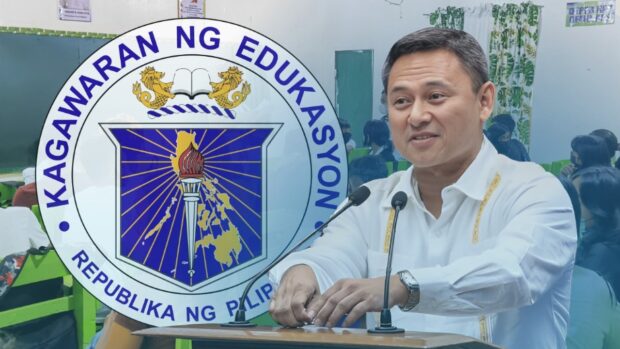Angara seen to welcome 30% hike in 2025 school MOOE funds

Despite the resignation of the Department of Education’s (DepEd) five top officials, Sen. Sonny Angara will assume leadership of the country’s largest office, with over one million personnel, on Friday, July 19, following a ceremonial turnover.
Angara will inherit an agency poised to defend its proposed 2025 budget of over P790 billion to Congress, while grappling with the challenges of increasing budget efficiency and delivering support to teachers and learners.
Days before Angara took office, the agency’s Finance and Operations cluster firmed up plans to bolster school operations as School Maintenance and Other Operating Expenses (MOOE) funds increased by an average of 32.1 percent, or more than P12 billion, for next year.
Sen. Angara sent a representative to the meeting held at Ecotech Cebu on July 15, as the agency prepared to defend its 2025 proposed budget to Congress.
During a presentation by DepEd Finance Director Ana Marie Calapit, who trained at the London School of Economics and Political Science, she said, “The proposed increase in School MOOE necessitated changing the current formula.” Next year’s budget for the School MOOE stands at P49,761,582,000, up from last year’s P37,657,632,000.
All 17 regional directors, representing more than 45,000 public schools, hailed the proposed increase, saying it “will address the big budgetary gap, especially in small schools.”
The National Capital Region (NCR) will receive the least increase in school MOOE at 16%, from last year’s P2,379,328,000 to P2,760,315,000. The Cordillera Administrative Region (CAR) will receive the highest increase at 44.2%, from P910,749,000 in 2024 to P1,312,986,000 next year.
The increase in the School MOOE during the leadership transition comes as a welcome development, addressing the clamor from the field and fulfilling the Presidential directive of providing more direct support to teachers, learners, and overall school operations.
For over a decade, the MOOE allocation was determined by the Boncodin formula, which listed cost drivers such as the number of learners, teachers, classrooms, and graduating students, as opposed to 27 cost drivers in the new formula.
The new formula was developed in partnership with the Asian Development Bank (ADB), which provided technical assistance in surveying some 10,000 schools to determine the necessary cost drivers for school operations. These were considered inputs in the computation of the budget allocated for each school. The inception of the technical assistance provided by ADB started last year and was finalized around April 2024.
Director Calapit explained, “ADB’s study and actual field research on the cost drivers give higher confidence to this new formula.”
In ordinary parlance, the School MOOE is the budget intended for the payment of the school’s water and electricity consumption, maintenance costs of classrooms, toilets, clinics, and handwashing facilities, fuel costs for transportation, internet subscription, training expenses such as travel, room, and board for important public seminars, and incidental expenses in the upkeep of school assets, among others.




















